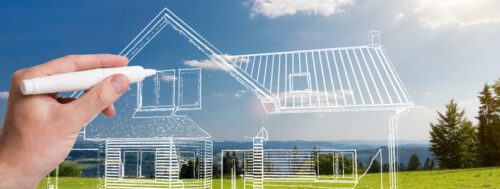From 1st March 2021, if you operate within the building and construction industry, the way that you must account for VAT is changing. Jenny Pring, our VAT champion highlights what you need to know if these changes are going to affect you.
- You will need to operate “reverse charge”. The reverse charge will only affect supplies of building and construction services supplied at the standard or reduced rates that also need to be reported under CIS.
- The reverse charge means the customer receiving the specified service has to pay the VAT to HMRC instead of the supplier. In turn the customer can recover the VAT, subject to the normal rules for VAT recovery.
- If you’re an individual or company in the building and construction industry, you will need to check to see if it is going to affect you.
- When invoicing a customer, you will need to ask yourself the questions on this flow chart in order, to ascertain if the reverse charge needs to be applied
- The reverse charge includes materials, so it affects the whole service.
- As the customer will no longer pay the VAT to you, but rather directly to HMRC, this will impact on cashflow, and may mean that your business will make net repayment claims to HMRC, rather than having liabilities. If this causes cash flow difficulties, you may switch to submitting VAT returns monthly rather than quarterly to receive VAT refunds more regularly.
- If you are providing the specified service to the end user or intermediary suppliers then the reverse charge does not apply to the service provided to them. You may need to ask if their end user or intermediary supplier if you are unsure. End users are businesses, or groups of businesses, that do not make onward supplies of the building and construction services in question.
- Before you can apply the reverse charge, you need to be satisfied that your customer is VAT registered. You should check that your customer’s VAT number is valid and belongs to them on the European Commission website.
Some handy tips for the practicalities of managing these changes
If a software program is used to complete the bookkeeping and raise sales invoices, this should be updated (if not automatic). Most online bookkeeping software should be updated to account for this new scheme prior to it coming into effect.
Invoicing – When supplying a service subject to the domestic reverse charge, suppliers must:
- show all the information required on a VAT invoice
- make a note on the invoice to make it clear that the domestic reverse charge applies and that the customer is required to account for the VAT
- clearly state how much VAT is due under the reverse charge, or the rate of VAT if the VAT amount cannot be shown, but that VAT should not be included in the amount charged to the customer
Completing your VAT Return
- VAT on sales – For sales under the domestic reverse charge suppliers must not enter any output tax on sales to which the domestic reverse charge applies in box 1 of the VAT Return. The net value of the sale must be entered in box 6.
- VAT on purchases – If you are purchasing a service subject to the reverse charge, you must enter the output tax on purchases the domestic reverse charge applies to in box 1 of the VAT Return. Make sure you do not enter the net value of the purchase in box 6.
We are here to help!
If after going through the flow chart it will affect you or your company, we are more than happy to assist if you are unsure of how to proceed. Do contact Jenny on jenny.pring@harlandaccountants.co.uk







